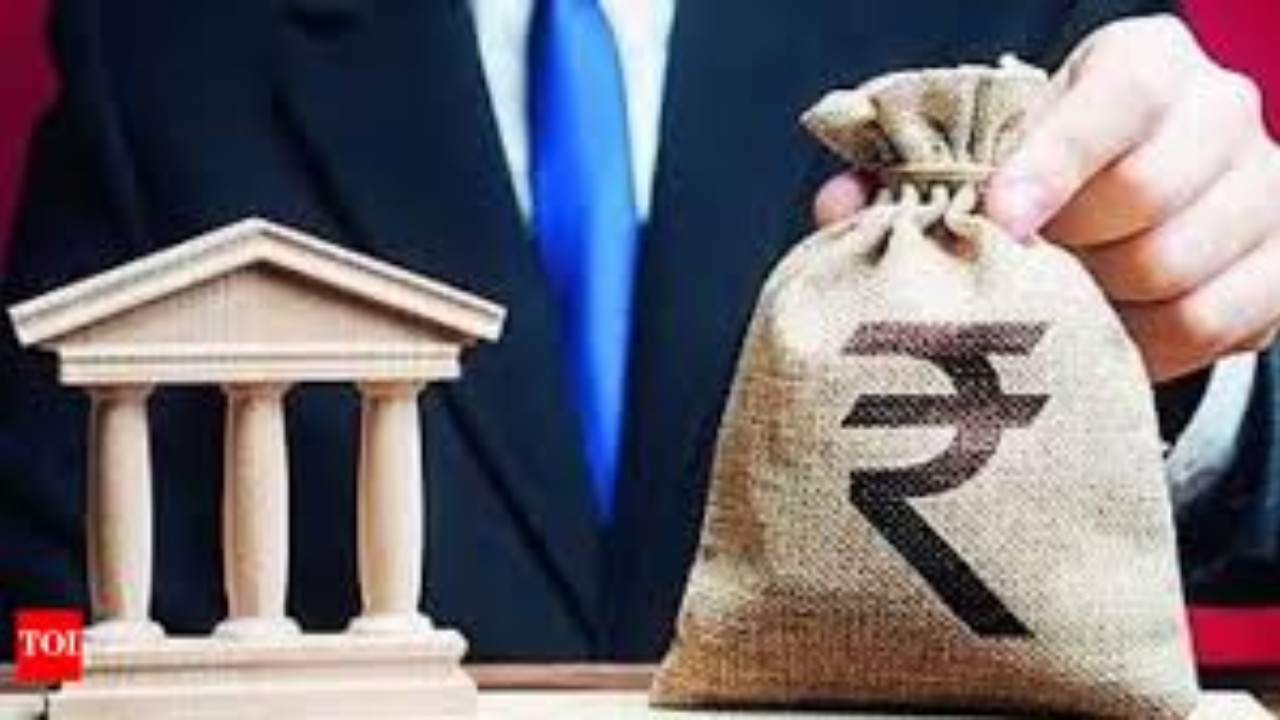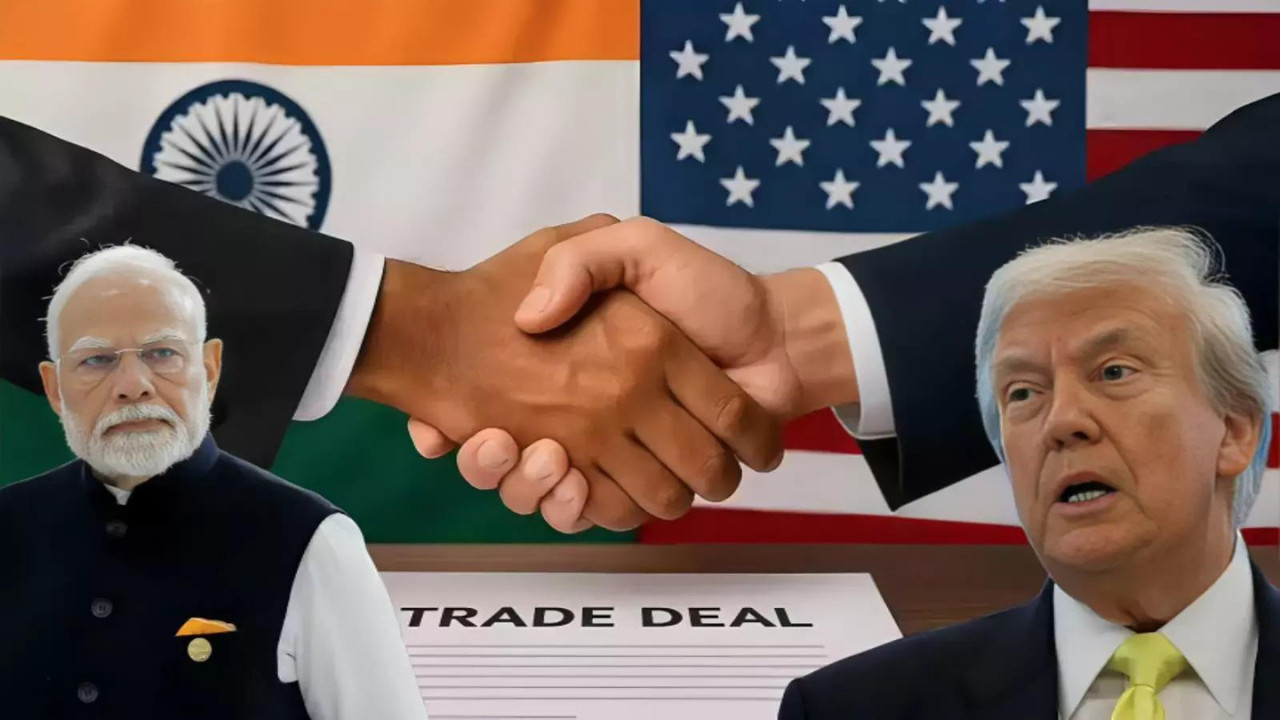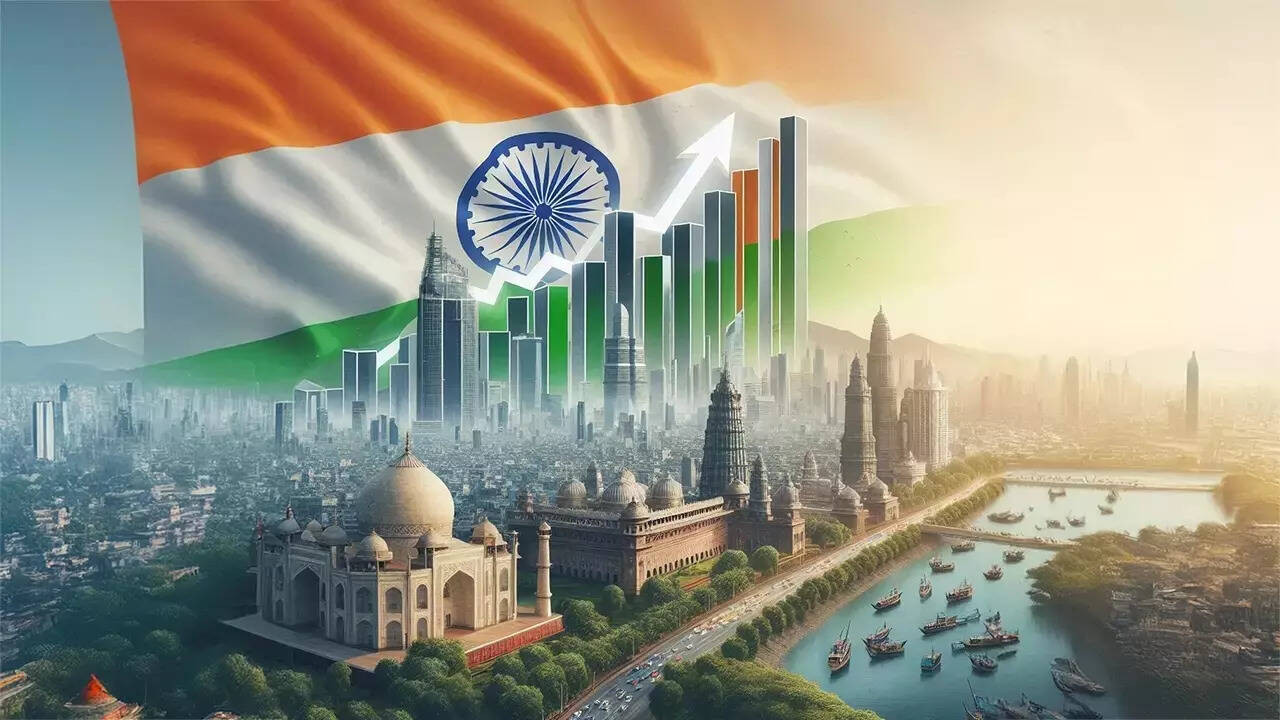The Nuclear Club: A Look Inside the World’s Most Exclusive – and Nervous – Gathering
Okay, let’s talk nukes. It’s not exactly beach reading material, but in a world that sometimes feels like a pressure cooker, understanding who has what and how it all works is, well, pretty important. The world of nuclear weapons is shrouded in secrecy, anxieties, and a delicate balance (or imbalance, depending on your perspective) of power. Forget your usual listicle – let’s dive into the realities behind these numbers, shall we?
The Times of India recently published a breakdown of the world’s nuclear arsenals, sparking a fresh wave of global head-scratching. We’re not just talking about abstract threats here; we’re talking about real hardware, controlled by real countries, with real potential for devastating consequences. So, who are the key players, and what does it all mean?
At the very top of the list, unsurprisingly, sit Russia and the United States. These two Cold War behemoths still hold the lion’s share of the world’s nuclear weapons. We’re talking thousands of warheads each, enough to make you want to curl up in a bunker. It’s a legacy of decades of paranoia and a race for supremacy that, thankfully, never fully detonated (pun intended!). The continued dominance of these two nations highlights the uphill battle for complete nuclear disarmament, a goal that, let’s be honest, seems increasingly distant.
Then comes the big red dragon: China. China’s nuclear arsenal is notably smaller than Russia’s or the US’s, but it’s growing – and fast. China is steadily modernizing and expanding its nuclear capabilities. Many believe that this growth is a strategic move to establish a more credible deterrent and project power on the global stage. The increase in China’s nuclear arsenal has global implications and directly impacts the strategies of the countries around it.
Following China in the lineup are France and the United Kingdom. Both countries possess relatively smaller but still significant nuclear arsenals. They position themselves as responsible nuclear powers, committed to maintaining a credible deterrent while advocating for arms control and non-proliferation. France, in particular, takes its nuclear independence seriously, seeing it as a vital component of its national security strategy. The UK has also been reported to be increasing its arsenal, despite being a signatory of the non-proliferation agreement.
And then we get to the more…complicated part of the list.
Pakistan and India both possess nuclear weapons, a reality that adds another layer of complexity to the already fraught relationship between the two nations. The Times of India article notes that India’s arsenal is (slightly) larger than Pakistan’s. However, this statistic is part of a larger narrative that revolves around regional security dynamics, historical tensions, and a continuous arms race. Their ongoing rivalry, coupled with their nuclear capabilities, makes this region a constant source of international concern. We’re talking about two countries with a history of conflict, bordering each other, and both armed with weapons that could obliterate entire cities. It’s a situation that requires constant diplomacy and a hefty dose of cautious optimism.
Israel is widely believed to possess nuclear weapons, although the country maintains a policy of “nuclear ambiguity.” This means they neither confirm nor deny having them. This official silence is part of their security strategy, intended to deter potential adversaries while avoiding international scrutiny. This ambiguity, while strategically understandable, only adds to the global uncertainty surrounding nuclear proliferation.
Finally, we must acknowledge that there are other nations with alleged or former nuclear ambitions. Iran is one of them. The concerns about Iran’s nuclear program are valid, especially considering their turbulent relationship with many countries in the Middle East and beyond.
The article also touches upon the overall global trend, which, frankly, isn’t entirely comforting. While the total number of nuclear weapons has decreased since the Cold War, the usability of those weapons is arguably increasing. Modernization programs are making them more accurate, more reliable, and potentially, more tempting to use in a limited conflict scenario. This is where the real danger lies. The focus isn’t just on the number of warheads, but on the doctrine behind them. Are countries shifting towards a “use them or lose them” mentality? Are they lowering the threshold for nuclear retaliation? These are the questions that keep arms control experts (and hopefully, world leaders) up at night.
So, what’s the takeaway from all this?
Well, the nuclear genie is out of the bottle, and there’s no easy way to put it back in. The world is stuck with these weapons, and the only real hope is to manage them responsibly, prevent further proliferation, and work towards a future where they are no longer seen as a necessary tool of statecraft. It requires dialogue, diplomacy, and a global commitment to de-escalation. Is it a long shot? Maybe. But given the alternative, it’s a shot we absolutely have to take. The stakes, after all, couldn’t be higher.







